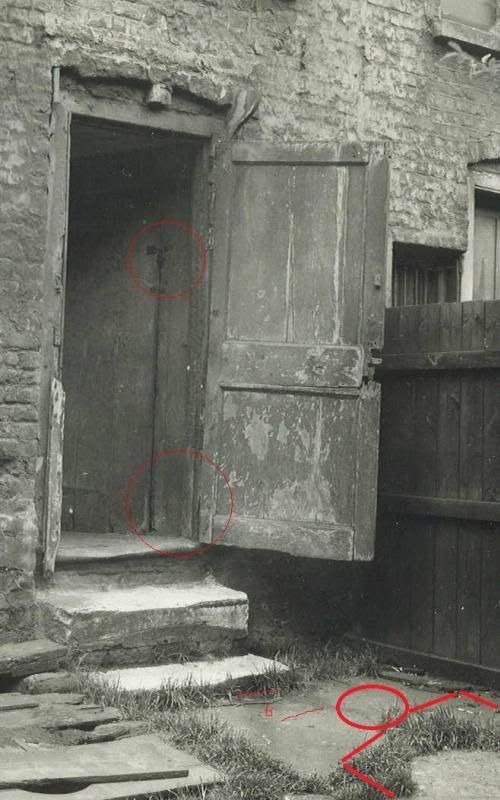foreign sounding man
Hello DLDW. Thanks.
"Then she really wouldn't have been able to stay down much longer. I imagine she would've been run off rather quickly after being discovered."
Completely agree. In fact, about a month earlier a "foreign sounding man" who was sleeping there was run off.
Cheers.
LC
Hello DLDW. Thanks.
"Then she really wouldn't have been able to stay down much longer. I imagine she would've been run off rather quickly after being discovered."
Completely agree. In fact, about a month earlier a "foreign sounding man" who was sleeping there was run off.
Cheers.
LC



Comment